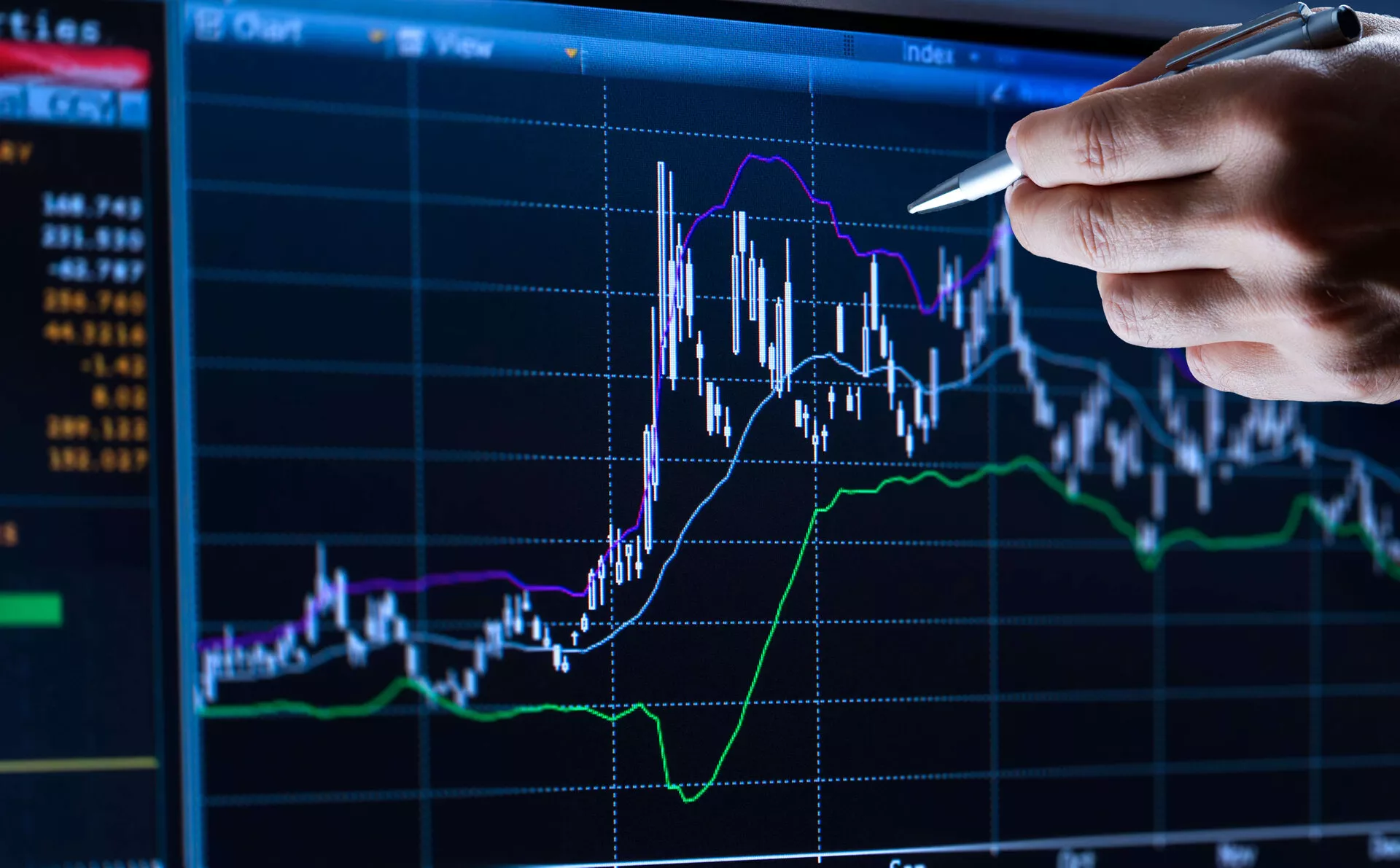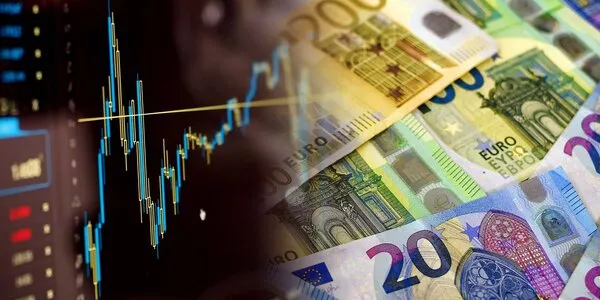
Weekly Update - Pushing the Boat (Further) Out
The main catalysts for the rally have been 1) the gradual easing of coronavirus lockdown restrictions as the number of new confirmed cases has continued to dwindle, 2) a tick higher in business confidence surveys such as the Purchasing Manager Indices, 3) the European Commission’s proposal for a €750bn EU recovery fund, 4) Germany’s new €130bn stimulus plan, and 5) the latest increase in asset purchases by the European Central Bank (ECB). The new German plan was announced on Wednesday and comes in addition to the previous €250bn support plan and a further €1,200bn in loan guarantees, delayed taxes etc., taking the total value of programmes to around 49% of German GDP. The new programme focuses more on long-term stimulus than its predecessor which aimed to help companies and households through the crisis, via measures such as Kurzarbeit income support (which covers 18% of total workforce). This week’s plan includes a cut in VAT from 19% to 16% until December, investments in growth-generating new technologies (digital, renewables and electric vehicles for example), a €300 payment per child and continued bridging support for companies. All in all, an extraordinary package for a government which is supposedly conservative on fiscal matters. The ECB’s economists have revised their economic forecasts lower – they now expect euro zone GDP to contract -8.7% this year, followed by +5.2% and +3.3% in 2021 and 2022, meaning that the euro zone economy will not recover to end-2019’s level until end-2022. Moreover, inflation is set to remain below 1% until 2022, far below the central bank’s 2% target. Such a dire outlook demanded an adjustment in monetary policy, which duly came in the form of a €600bn increase in the Pandemic Emergency Purchase Programme (PEPP) to €1,350bn, extension of its timetable by 6 months to June 2021 and announcement that reinvestment of maturing bonds will continue until at least December 2022. The ECB has already bought €235bn in the PEPP, leaving €1,115bn to buy over the next 13 months. If we include all the other ECB programmes, the average monthly run rate of purchases will be €120bn in 2020 and €106bn next year, slower than May’s €150bn pace but still well above the €80bn per month the ECB bought during the euro zone crisis. If we consider that the ECB will continue to direct three-quarters of all these planned purchases to sovereign bonds, this would mean the ECB buying a total of around €1,460bn in 2020 and 2021, more than enough to cover euro zone members’ anticipated budget deficits of €1,366bn. Moreover, by committing to reinvest the proceeds from maturing bonds, the ECB will neutralise much of the financing cost of governments’ additional debt burden for at least three years, given that it typically returns much of the coupon income received on its holdings to national treasuries. This week’s announcements sparked a marked easing of financial conditions across the euro zone. For example, the yield differential between 10-year sovereign bonds issued by Germany and Italy tightened 17bp to 174bp yesterday, taking it well below the 280bp level we saw before the PEPP was launched in March. Moreover, the euro rose a further 0.9% against the USD.
Bottom line. The decisive action from Germany and the ECB this week has further boosted risk appetite for euro zone assets. However, the economic backdrop remains dire, meaning continued headwinds for companies. Moreover, the EU still must overcome threatened vetoes from the “Frugal Four” (the Netherlands, Austria, Denmark and Sweden) against the recovery fund at the European Council summit on June 18 and 19. It may still be too early to overweight the region.





